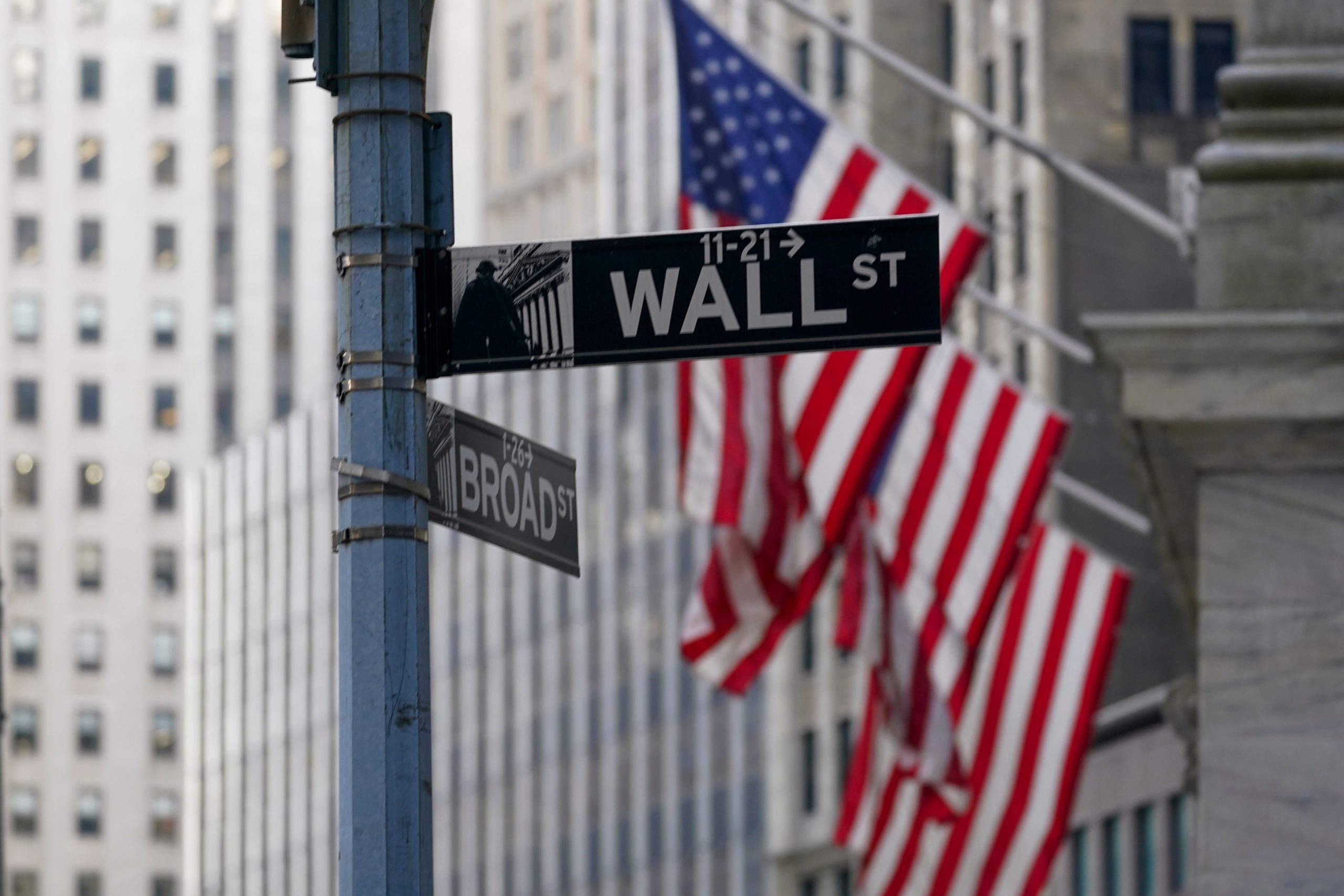In 1981, the US was experiencing double-digit inflation for the second time in less than a decade. Fuel prices were over the ceiling, and mortgage rates were soaring, preventing many middle-class citizens from purchasing homes. The job market was also sluggish, with unemployment exceeding 7%. The country was in complete chaos.
Also Read| The 2008 market crash: Inside the doomsday machine and a brief history
Paul Volcker, the chair of the Federal Reserve, is credited by the majority of economists for ending the crisis. Volcker brought inflation under control by inducing two severe, but temporary, recessions in order to cut expenditure and bring inflation down. By the late 1980s, inflation had subsided and the economy was growing.
Prices varied little during a brief recession in 1970, but subsequently skyrocketed, first in 1974-75 and then at the end of the 1970s. Following Volcker’s appointment in 1979, inflation peaked and then swiftly declined.
Also Read| Great Depression to COVID: Top 5 market crashes in American history
Prior to 1965, inflation had been stable for years, staying at or around 2%. However, at about the same time, President Lyndon B. Johnson and his congress supporters began to enact significant increases in expenditure as part of both the war on poverty and the expanding war in Vietnam.
The Vietnam War and the president’s anti-poverty policy were his main concerns, and neither was going to be compromised during the Johnson administration. As a result, inflation gradually increased.
Richard Nixon made matters worse. Nixon made the decision to abolish the “gold convertibility” mechanism for dollars in 1971, even though the Vietnam War was still going on and becoming more expensive by the day.
Also Read | US inflation rate at a 40-year high | A timeline: 1930-2022
Prior to Volcker’s appointment as Fed chair on August 6, 1979, the Fed had tried moderate increases in interest rates in the hopes of regulating prices, but with little success. Volcker, as vice chair, was one of the hawks on the Federal Open Market Committee pressuring the Fed to take drastic action. When his chair, William Miller, was named Treasury Secretary by Jimmy Carter as part of a Cabinet shuffle, Carter named Volcker as Miller’s successor.
Following a few small rises in his first month, he held a surprise meeting on October 6, 1979, and put the Fed on a new, considerably tighter monetary policy track.
Also Read| Where to invest during high inflation?
The Fed indicated that it would allow a considerably larger range of interest rates, thereby enabling them to rise higher than previously and that it would rebalance policy on a regular basis in reaction to fluctuations in the money supply. The Fed would tighten its rules if the money supply was expanding too rapidly.
The Fed’s interest rate was adjusted at 13.7% that month; by April, it had risen by 4 points to 17.6%. In 1981, it was close to 20% at times. By limiting expenditure, higher interest rates often reduce inflation. This hinders the economy and increases the risk of high levels of unemployment.
Also Read| Impact of US Feds’ biggest rate hike since 1994 on India
Rates increase on everything when the Fed hikes interest rates, including credit card debt, mortgages, and business loans. When taking out a business loan becomes more expensive, companies contract and hire fewer people; when mortgages get more expensive, individuals purchase fewer homes; and when credit card rates rise, consumers spend and charge less. As a result, there is less spending and consequently less inflation, but there is also slower growth.
It took two attempts for the approach to have the desired result. Volcker’s tightening slowed economic activity to the point that the United States was in recession by January 1980. However, Fed interest rates began to decrease dramatically after April, limiting the impact of the Fed’s anti-inflation measures.
Also Read| How to survive a market crash
Following that, the Fed tightened again, causing another recession in July 1981. Unlike the 1980 recession, which saw a high unemployment rate of 7.8%, the second Volcker recession lasted for 16 months and saw a peak unemployment rate of 10.8% in December 1982. This policy regime became known as the “Volcker shock” during the course of the 1980s.
Inflation had fallen to 3.4% when Volcker left office in August 1987, from a peak of 9.8% in 1981, after the first Volcker recession had failed to reduce prices.







